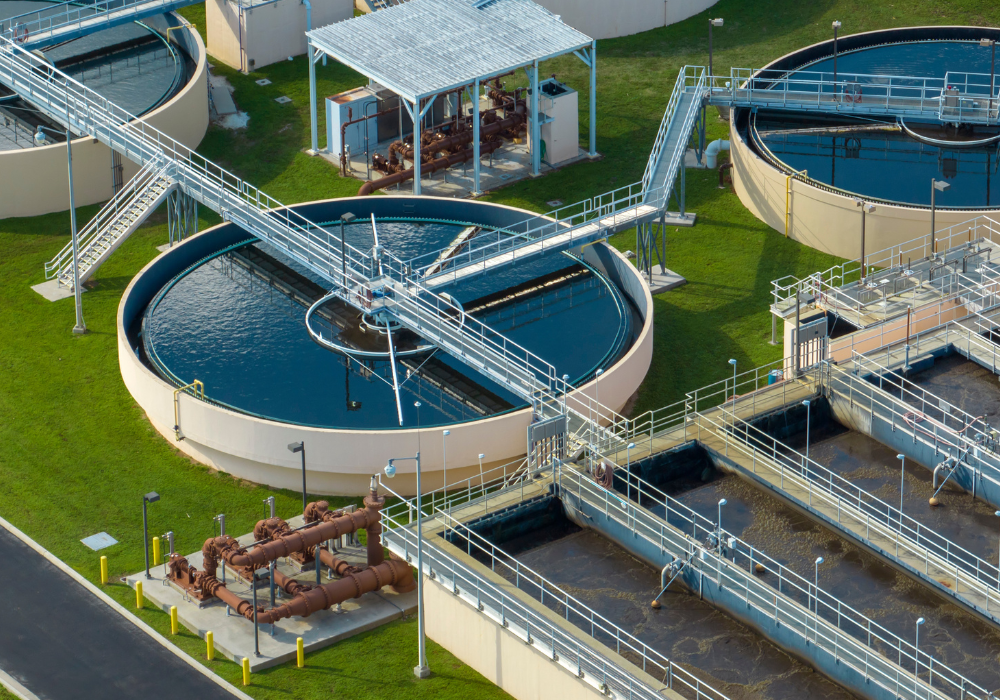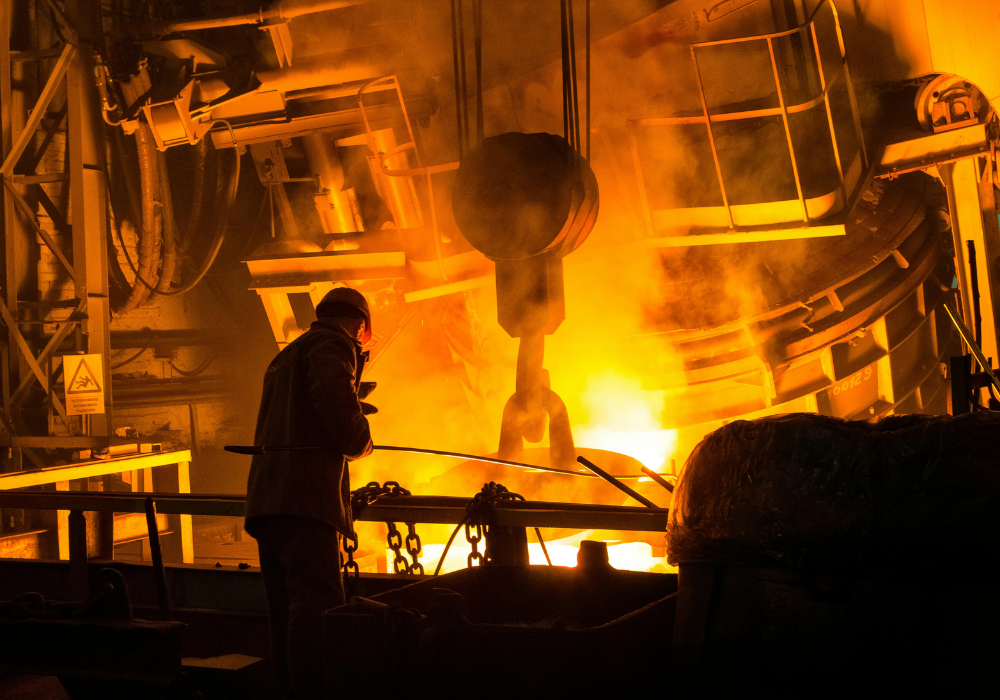
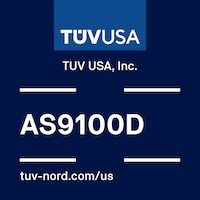
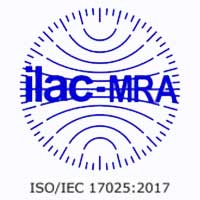
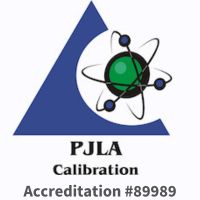
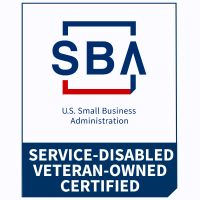
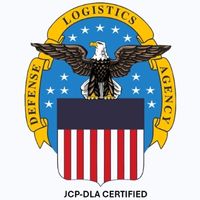
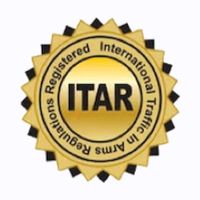
Contact Us
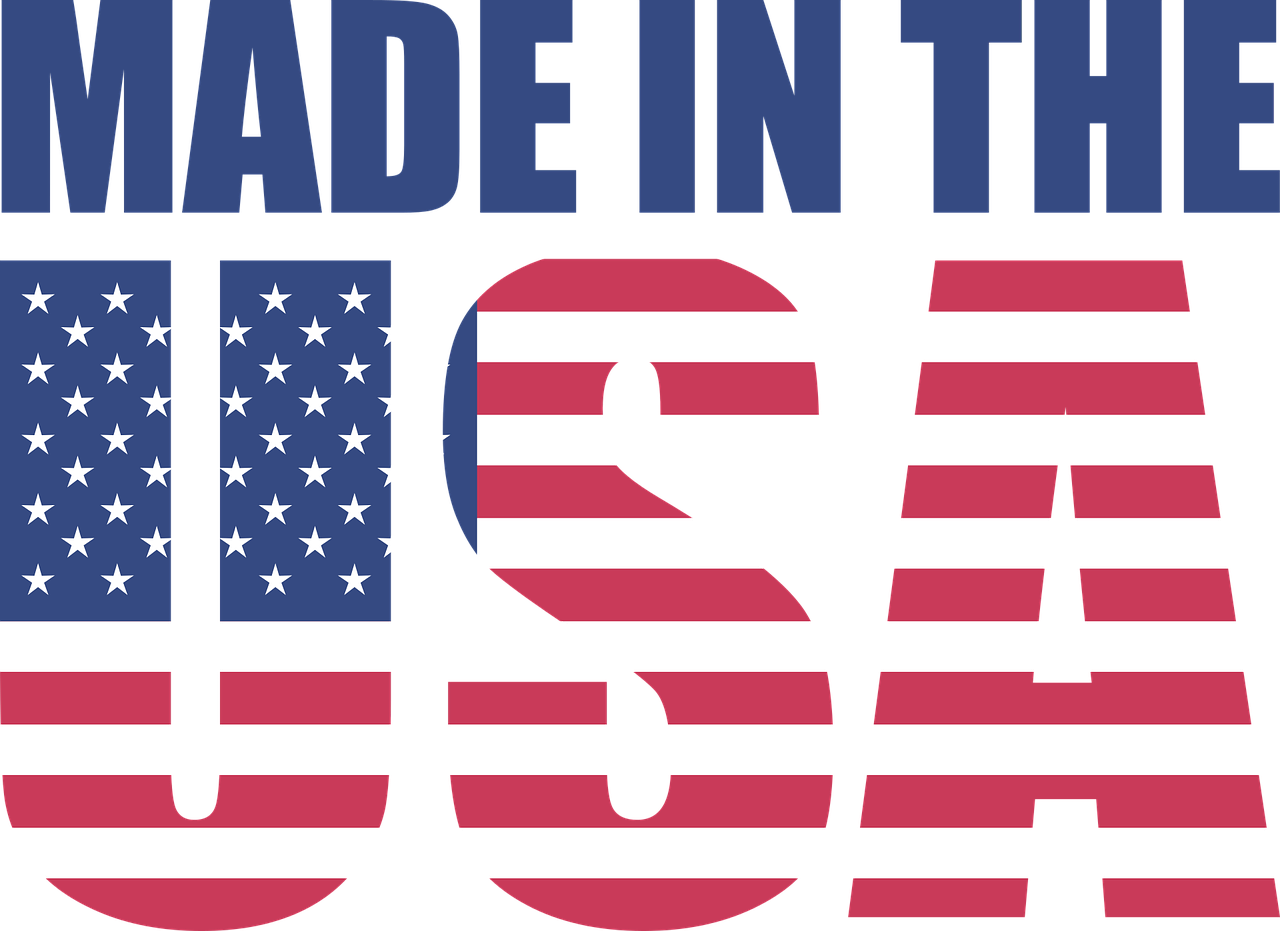
Temperature Transmitters
Wire Harnesses
Temperature Sensors
Fiber Optic Sensor Systems (Partner Company)
Thermocouple/Extension Wire
Temperature and Process Controllers
Specialty Metals
Whitepapers / Thermocouples and Extension Grade Wire

Thermocouple wires are made from very tightly controlled alloys and pure metals. Thermocouple wire is available in two grades: standard grade and special grade. The special grade is sometimes referred to as premium grade. All thermocouple wire and extension grade wire must conform to the American National Standards Institute (ANSI) standard C96.1 which was originally approved in 1964, reaffirmed without changes in 1969 and finally approved by ANSI on Nov. 26, 1975 with the designation MC96.1-1975. Table I contains the limits of error on standard and special grades of thermocouple wire.
Even though Table I shows the upper temperature limit of the thermocouple wires, the practical upper temperature is limited by the wire diameter. Table II summarizes the recommended practical temperature limits of various wire sizes for long life applications. Temperature limits for standard thermocouples that are protected with a closed end protecting tube are shown. These limits are suggested for continuous temperature sensing where insulation is not a factor. For unprotected thermocouples where fast response is required, these limits should be reduced for equivalent service life.
Referring to Table I again, note the Limits of Error for W/Re alloy wires. Above 800 degrees Fahrenheit, you can expect an error of +/-1 % or a maximum of +/-42 degrees Fahrenheit at 4,200 degrees Fahrenheit. This error can be reduced by calibrating a sample piece of wire and using this calibration for the remainder of this lot of wire.
Often it is necessary to calibrate an assembled thermocouple (elements, insulation and sheath) up to its anticipated temperature usage range. Unfortunately, very few laboratories will calibrate an assembled thermocouple. At Nanmac, we have modified one of our furnaces so that we can calibrate an assembled thermocouple up to 1,600 degrees Celsius (2,912 degrees Fahrenheit) to an accuracy of +/-1 degrees Celsius. The only requirement is that the probe has to be at least 12 inches long.
Thermocouple extension wire has been developed primarily to reduce the overall cost of the instrumentation. One could use thermocouple grade wire throughout, if the cost was not prohibitive. Other requirements for the need for extension grade wires include electrical resistance limits, flexibility, ductility and strength requirements, etc. In addition to lead wires, the extension grade alloys are used to fabricate thermocouple connectors, buss bars, spade lugs and similar products.
Thermocouple extension grade wires are available from gauge size #8 (0.1285” diameter) down to as small as gauge size #40 (0.003” diameter). All extension wires are also available with various types of insulation to meet a wide range of applications.
It should be stressed that using extension grade wires at temperatures above the recommended temperatures will produce very large errors in your temperature measurements. For example, the maximum error for extension wire for platinum thermocouples is 12 degrees Fahrenheit up to 400 degrees Fahrenheit. However at 1,000 degrees Fahrenheit, this error can be as high as 60 degrees Fahrenheit. There are several “tricks-of-the-trade” which will hold these errors to a very low figure; these are:
(1) For Base Metal thermocouples such as Types E, J, K, or T one can use thermocouple grade wires for extension leads. Cost difference is insignificant.
(2) For Noble Metal thermocouples such as Types B, R, and S; also, Refractory Metal thermocouples such as Types C, D, and G. It will be more economical to make the thermocouples slightly longer so that the connectors and the lead wires are in a cooler area (below 400 degrees Fahrenheit). If this is not possible, you can use a short length of thermocouple grade wire swaged into a 1/16” OD stainless steel sheath for the length required to bring the lead wires safely below 400 degrees Fahrenheit. You can still attach standard connectors to each end of this special swaged cable. Even though the connector prongs are made from the extension grade alloy, they will operate accurately because of the Law of Intermediate metals as applied to thermocouples. Since the temperature on both prongs of the connector are the same (or vary together) the EMF generated by each of the two intermediate junctions cancel each other out.
For more information on thermocouple wires, refer to Section G of the Nanmac Catalog. Also we stock a large inventory of thermocouple wires both bare and insulated for immediate shipment. Calibration services are available for thermocouple wires, assembled thermocouples and RTD's.
| Thermocouple Limits for Thermocouple Wire | ||||||
|---|---|---|---|---|---|---|
| Thermocouple | Type | Wire Gauge (AWG) | ||||
| 8 | 14 | 20 | 24 | 28 | ||
| Copper Constantan | T | - | 700°F | 500°F | 400°F | 400°F |
| Iron Constantan | J | 1,400°F | 1,100°F | 900°F | 700°F | 700°F |
| Chromel Constantan | E | 1,600°F | 1,200°F | 1,000°F | 800°F | 800°F |
| Chromel Alumel | K | 2,300°F | 2,000°F | 1,800°F | 1,600°F | 1,600°F |
| Platinum Platinum Rhodium | R & S | - | - | - | 2,700°F | - |
| Platinum 6% Rhodium Platinum 30% Rhodium | B | - | - | - | 3,100°F | - |
| Tungsten Tungsten Rhenium | G D C | - | - | - | 4,200°F | - |
© 2025 Nanmac Corporation






